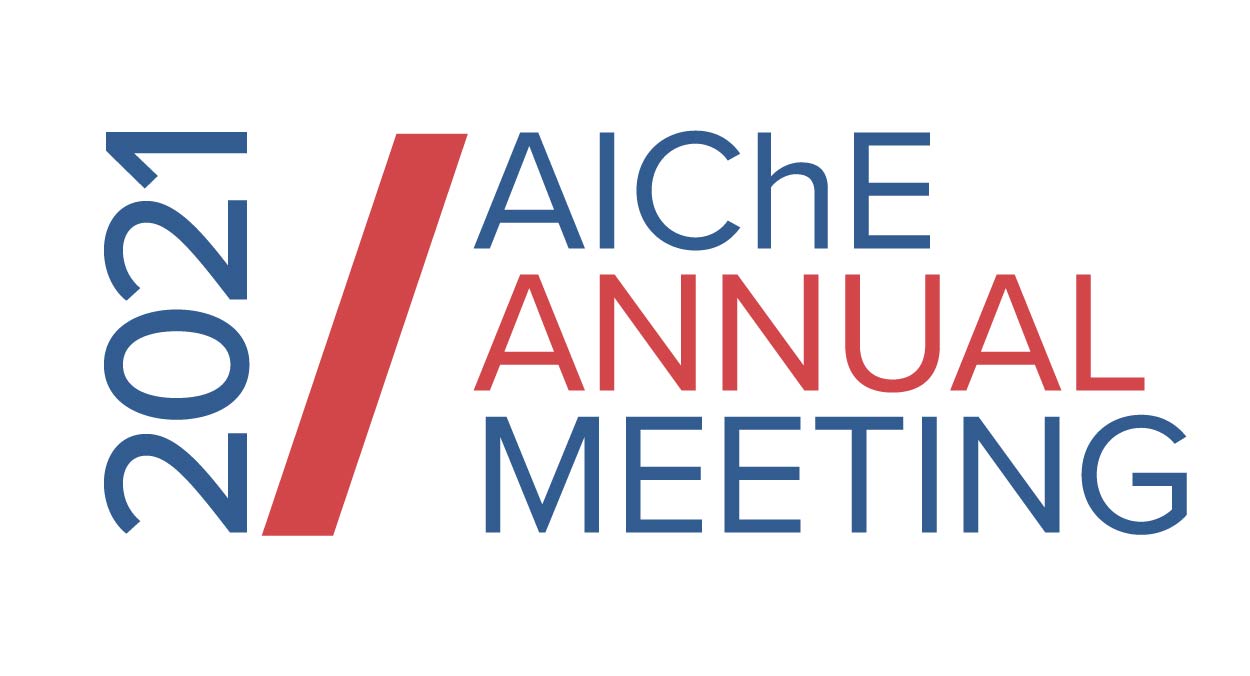

Metal–organic frameworks (MOFs) are a widely investigated class of extended solids with tunable structures that make it possible to impart specific chemical functionality tailored for a given application. However, the enormous number of possible MOFs that can be synthesized makes it difficult to determine which materials would be most promising, especially for applications governed by electronic structure properties that are often computationally demanding to simulate and time-consuming to probe experimentally. Here, we present the first publicly available quantum-chemical database for MOFs (the “QMOF databaseâ€), which consists of properties derived from density functional theory (DFT) calculations for over 14,000 experimentally synthesized MOFs. Throughout this talk, we demonstrate how the QMOF database can be used to identify MOFs with targeted electronic structure properties. As a proof-of-concept, we use this database to evaluate the performance of several machine learning models for the prediction of DFT-computed band gaps and find that crystal graph convolutional neural networks are capable of achieving high predictive performance, making it possible to circumvent otherwise computationally expensive calculations. By using the QMOF database and resulting machine learning models, we were able to predictively identify several MOFs with low band gaps, a challenging task given the electronically insulating nature of most MOF structures. We conclude by highlighting recent and forthcoming updates to the QMOF database that will further expand its ability to accelerate the discovery of promising MOFs with targeted electronic structure properties.


Presenter(s)
Once the content has been viewed and you have attested to it, you will be able to download and print a certificate for PDH credits.
If you have already viewed this content,
please click here
to login.
